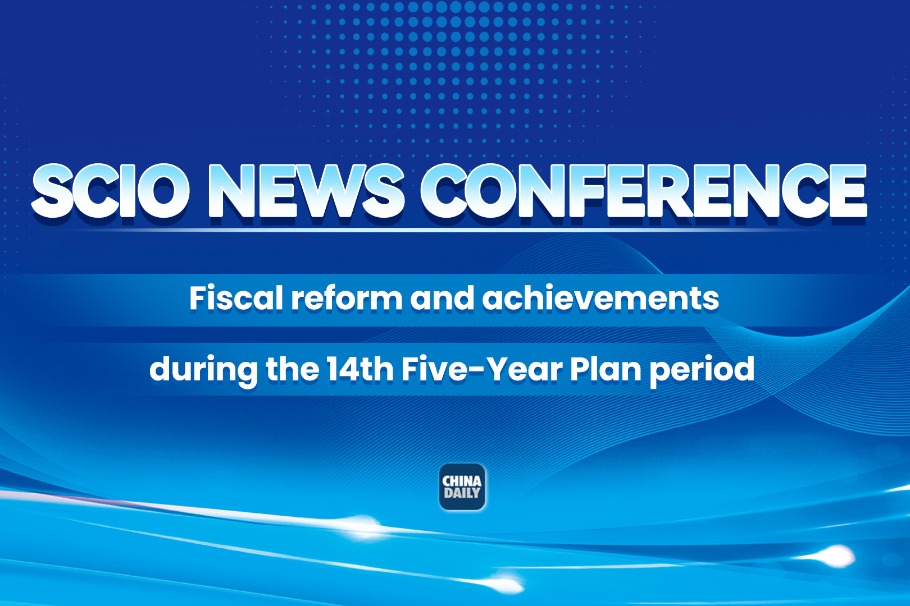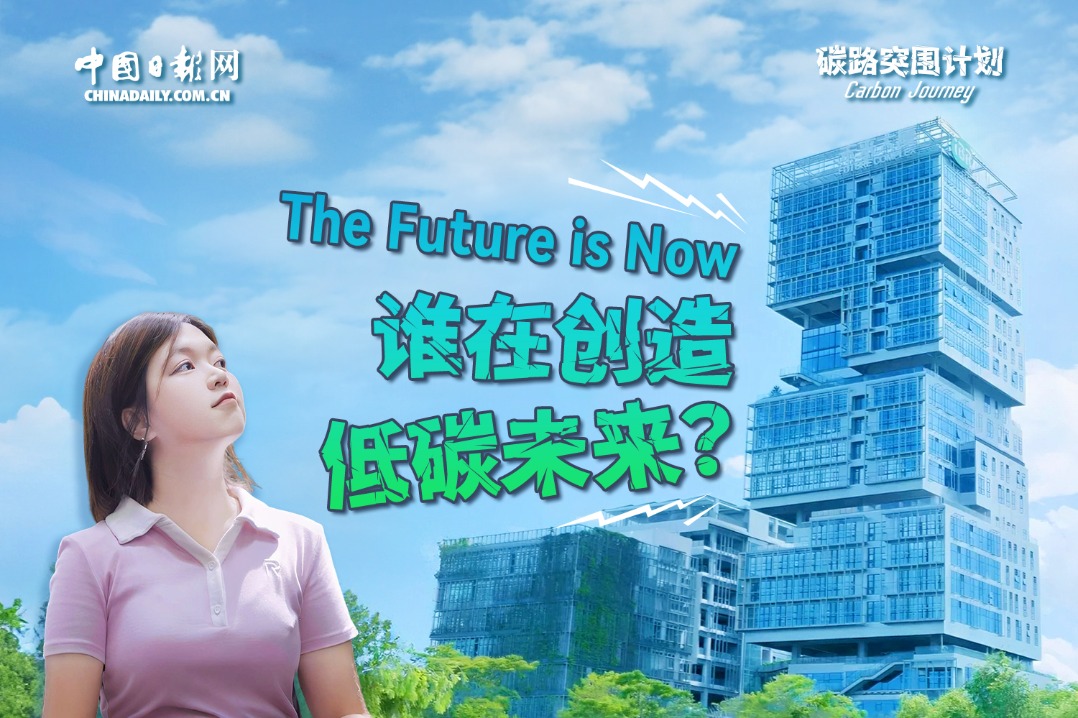Take some of the heat off


US-China collaboration on reducing hydrofluorocarbons would be a significant boost to realizing their climate ambitions
An important component of keeping global warming within the limits set by the Paris Agreement is the need to reduce hydrofluorocarbons (HFCs), which are powerful greenhouse gases (GHGs) that are increasingly used in the cooling sector.
The 2016 Kigali Amendment to the Montreal Protocol calls for an 85 percent reduction in HFC production and use by 2047 to avoid an up to 0.4 C rise in global temperatures by the end of the century. But the world's two biggest GHG emitters-China and the United States-have yet to ratify the amendment. However, that might soon be changing.
US President Joe Biden started preparations to present the Kigali Amendment to the US Senate for ratification in January and President Xi Jinping declared that China would ratify the Amendment at the video summit between China, France and Germany last Friday.
And over the weekend, after a meeting in Shanghai between US Special Presidential Envoy for Climate John Kerry and Chinese Special Envoy for Climate Change Xie Zhenhua, the two countries released a joint statement of cooperation on the climate crisis, including the phasedown of HFCs.
Ratification of the Kigali Amendment by China and the US would provide a significant additional boost to the recent surge of climate ambition, greatly accelerating the global effort to phase out HFCs and quickly reduce heat-trapping gases.
Durwood Zaelke, president of the Institute for Governance and Sustainable Development, points out that phasing down HFCs "represents the single biggest bite out of the climate problem yet taken". Additionally, "parallel improvements in the energy efficiency of cooling equipment during the switch out from HFCs can add significantly more climate protection."
Ahead of the global climate summit on Earth Day, April 22, when world leaders will discuss the climate challenge, there is an opportunity to draw attention to the important contribution that ratification of the Kigali Agreement by the US and China would make to curbing the global temperature rise.
In a recent UN-hosted webinar, Kate Hampton, CEO of the Children's Investment Fund Foundation, argued that, "Acting in an integrated way on climate-friendly cooling is one of the best ways to get back on track to curbing climate change."
HFCs are found in many refrigeration and air-conditioning technologies that are becoming increasingly common the world over as living standards rise. The key to HFC reduction is technological improvement and ensuring the availability and affordability of green and low-energy alternatives.
What is needed is a concerted effort to phase out the polluting technologies and replace them with newer and more energy-efficient alternatives across the whole market. This requires close cooperation between industry and government to create the right policy and regulatory measures so that both producers and consumers opt for these newer technologies.
According to the UN Environment Programme, 80 percent of current HFC emissions originate from industrial countries such as the United States. China, meanwhile, is the world's biggest manufacturer, consumer and exporter of cooling products. Across the world, over 80 percent of household air conditioners and over 60 percent of refrigerators are made by China. Zou Ji, CEO and President of Energy Foundation China, said in a recent green cooling workshop that with hundreds of millions of people still moving from the countryside to China's cities, HFC emissions from the building and transportation sectors are increasing by 10 percent every year. But ongoing actions in the US and China are paving the way for ratification of the Kigali Amendment.
The US passed the Energy Act of 2020 and the American Innovation and Manufacturing Act at the end of last year, both of which call for reducing HFCs. At the local level, the US Climate Alliance, an organization of 24 states that represent 55 percent of the US population and 60 percent of US GDP, is working to reduce short-lived climate pollutants, including HFCs. In January, President Biden started preparations to present the Kigali Amendment to the US Senate for ratification.
In China, the revised Ozone-depleting Substances and HFC Regulation, which adds HFCs as regulated substances for the first time, embodies the Kigali Amendment's goals to reduce HFCs and their climate impact. In June 2019, China launched the Green Cooling Action Plan, its first integrated action plan for the cooling sector, to serve as a national guide for promoting clean cooling and enhancing cooling efficiency. China has also strengthened minimum energy performance standards for the cooling sector and launched a subsidy program to retrofit cooling installations.
An even greater boost to global HFC reduction will come from the renewed commitment by the US and China to increase bilateral cooperation.
US-China collaboration has a solid track record of success on climate issues broadly and HFC reduction specifically. This collaboration is credited with promoting the success of the 2016 Paris Agreement.
The US and China made agreements in 2013 and 2016 to work bilaterally and with other countries to achieve HFC reduction under the Montreal Protocol. Under these agreements, the two sides identified approaches to reduce HFCs in each country, such as policies to promote government procurement of climate-friendly refrigerants, and agreed to continue to find areas for further collaboration, including technical cooperation.
Such collaboration helped motivate a 2015 regulation in the US prohibiting certain high global warming potential (GWP) HFCs that could avoid 54 to 64 million metric tons of carbon dioxide equivalent of HFC emissions in 2025. The Chinese side, meanwhile, made a commitment to continue implementing controls on HFC-23 byproduct from HCFC-22 production facilities through 2020 and promote low-GWP alternatives to HFCs in its domestic market.
With the Earth Day climate summit on the horizon, the US and China have an opportunity to double down on HFC reduction and galvanize the Paris Agreement through renewed bilateral collaboration.
Pieter Velghe is a communications specialist and Diego Montero is a strategy director at the Innovative Green Development Program.


































